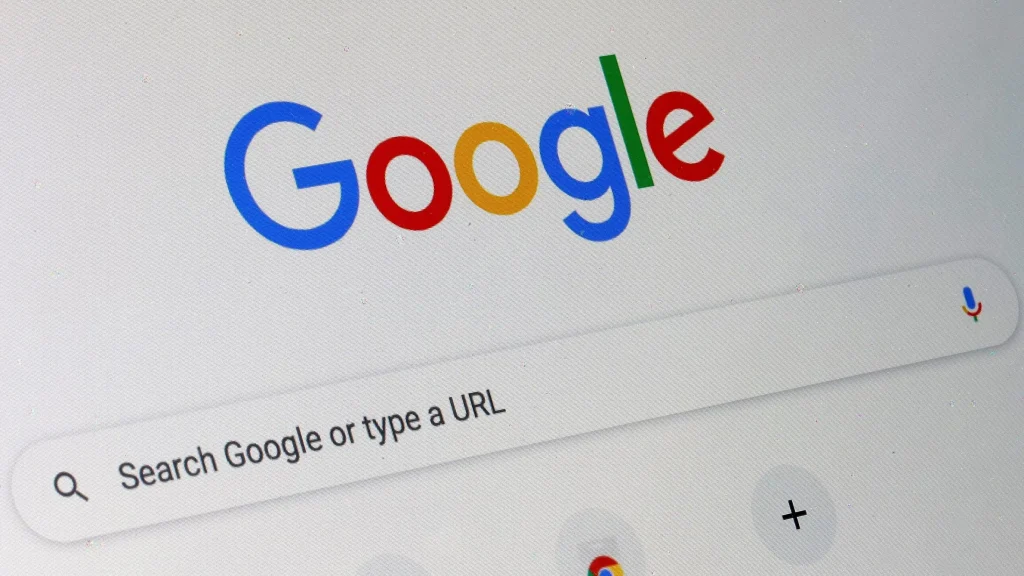Switching from an Android device to an iPhone can seem like a daunting process, especially when it comes to transferring all your data. Whether you’re making a full switch or just need to share files between the two devices, there are several effective methods to ensure a smooth transition. Apple provides an official tool called Move to iOS, while Google Drive, Google Photos, and cloud storage options like Dropbox or Microsoft OneDrive offer alternative ways to move your files.
This guide will walk you through the step-by-step process of transferring your data from Android to iPhone, including a method similar to Apple’s AirDrop, which allows quick file sharing between devices.
Transferring Data Using Move to iOS
If you’re setting up a new iPhone and want to transfer everything from your Android device, Apple’s Move to iOS app is the easiest solution. Follow these steps to move your data:
1. Install and Launch Move to iOS
- On your Android phone, open Google Play Store and search for Move to iOS.
- Download and install the app.
- Open the app and accept the terms and conditions.
- Decide whether to allow the app to access your location and share app data with Apple.
2. Connect Both Devices
- Power on your new iPhone and follow the initial setup instructions.
- When you reach the Quick Start screen, tap Set Up Without Another Device.
- On the Transfer Your Apps & Data screen, select From Android.
3. Enter the One-Time Code
- You can either connect your Android and iPhone using a USB cable or proceed wirelessly via Wi-Fi.
- Ensure both devices are connected to the same Wi-Fi network.
- On your iPhone, when you see the Move from Android screen, tap Continue to generate a one-time code.
- Enter this code on your Android device to establish the connection.
4. Select and Transfer Data
- On your Android phone, choose the data you want to transfer. This includes contacts, messages, photos, videos, and other files.
- Tap Continue and allow the process to complete.
- Avoid touching either device until the transfer is done.
Once completed, your iPhone will have all the selected data from your Android phone. This is the most efficient method if you’re setting up your iPhone for the first time.
Transferring Files Using Google Drive
If you’ve already set up your iPhone and just need to move select files, Google Drive is one of the best ways to do it. Since it’s a cloud-based storage platform, you can easily access your files from any device.
1. Upload Files to Google Drive
- On your Android phone, open the Google Drive app.
- Tap + New and select the files you want to upload (documents, photos, videos, etc.).
- Allow the upload to complete before moving to the next step.
2. Install Google Drive on iPhone
- On your iPhone, go to the App Store and install Google Drive.
- Log in using the same Google account you used on your Android device.
- All your uploaded files will now be accessible on your iPhone.
3. Access Files via the Files App
- For quick access, open the Files app on your iPhone.
- Tap the Browse tab and select Google Drive from the list of locations.
- If prompted, tap Turn On to enable Drive integration with your iPhone.
4. Move Files to Local Storage
- To transfer a file to your iPhone’s internal storage, tap and hold the file you want to move.
- If you need to move multiple files, tap the three-dot menu at the top-right corner, select Select, and pick the files you want.
- Tap Move and choose the location where you’d like to save the files on your iPhone.
Google Drive offers a reliable and flexible way to access and transfer files between Android and iPhone, especially if you frequently switch between both devices.
Using Google Photos for Media Transfer
For those who primarily want to transfer photos and videos, Google Photos is an excellent alternative to Google Drive. It ensures that all your media files are backed up and easily accessible across both devices.
1. Backup Photos on Android
- Open the Google Photos app on your Android phone.
- Sign in with your Google account.
- Tap your profile picture in the top-right corner and select Photos settings.
- Tap Back up & sync and ensure it’s turned on.
- Wait for all your images and videos to upload to Google Photos.
2. Access Photos on iPhone
- Download and install Google Photos on your iPhone.
- Log in with the same Google account you used on your Android device.
- Your backed-up photos and videos will now be available on your iPhone.
3. Download Photos to iPhone
- If you want to move the photos to your iPhone’s storage, open Google Photos.
- Select the image(s) you want to save.
- Tap the Share button and select Save to Device.
- The photos will now appear in your Photos app.
Google Photos is a great option if you’re switching devices but want to retain easy access to a large media library without consuming iPhone storage.
Alternative File Transfer Method: Snapdrop
If you need to quickly transfer a few files between Android and iPhone, Snapdrop is a fast and convenient option. It functions similarly to Apple’s AirDrop, allowing wireless file sharing between devices on the same network.
1. Open Snapdrop
- On both your Android and iPhone, open a web browser and visit snapdrop.net.
- Ensure both devices are connected to the same Wi-Fi network.
2. Transfer Files
- On your Android device, tap your iPhone’s icon that appears on the Snapdrop webpage.
- Select the file(s) you want to send.
- Accept the transfer on your iPhone, and the files will be downloaded.
Snapdrop is a quick and simple tool that requires no installation and works efficiently for occasional file transfers between Android and iPhone.
Conclusion
Transferring data from Android to iPhone is easier than ever, thanks to various available methods. If you’re setting up a new iPhone, Apple’s Move to iOS app is the most comprehensive solution. For users who need to transfer files after setup, Google Drive, Google Photos, and Snapdrop offer seamless ways to move your data.
Choosing the right method depends on your needs—whether you’re transferring everything at once or just moving a few files. With these step-by-step guides, you can now confidently migrate your data and enjoy your new iPhone without losing any essential files.













